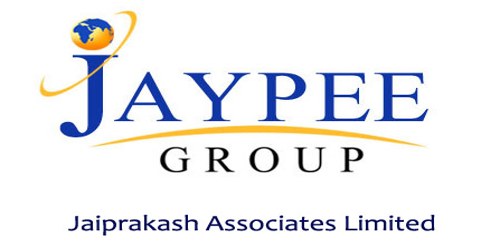Development and Design plan in business and engineering, new product development (NPD) is the term used to describe the complete process of bringing a new product to market. A product is a set of benefits offered for exchange and can be tangible (that is, something physical you can touch) or intangible (like a service, experience, or belief). There are two parallel paths involved in the NPD process: one involves the idea generation, product design and detail engineering; the other involves market research and marketing analysis. Companies typically see new product development as the first stage in generating and commercializing new products within the overall strategic process of product life cycle management used to maintain or grow their market share.
The process
1. Idea generation
- Ideas for new products can be obtained from basic research using a SWOT analysis (Strengths, Weaknesses, Opportunities & Threats), Market and consumer trends, company’s R&D department, competitors, focus groups, employees, salespeople, corporate spies, trade shows, or Ethnographic discovery methods (searching for user patterns and habits) may also be used to get an insight into new product lines or product features.
- Lots of ideas are being generated about the new product. Out of these ideas many ideas are being implemented. The ideas use to generate in many forms and their generating places are also various. Many reasons are responsible for generation of an idea.
- Idea Generation or Brainstorming of new product, service, or store concepts – idea generation techniques can begin when you have done your OPPORTUNITY ANALYSIS to support your ideas in the Idea Screening Phase (shown in the next development step).
2. Idea Screening
- The object is to eliminate unsound concepts prior to devoting resources to them.
- The screeners should ask several questions:
- Will the customer in the target market benefit from the product?
- What is the size and growth forecasts of the market segment/target market?
- What is the current or expected competitive pressure for the product idea?
- What are the industry sales and market trends the product idea is based on?
- Is it technically feasible to manufacture the product?
- Will the product be profitable when manufactured and delivered to the customer at the target price?
3. Concept Development and Testing
- Develop the marketing and engineering details
- Investigate intellectual property issues and search patent data bases
- Who is the target market and who is the decision maker in the purchasing process?
- What product features must the product incorporate?
- What benefits will the product provide?
- How will consumers react to the product?
- How will the product be produced most cost effectively?
- Prove feasibility through virtual computer aided rendering, and rapid prototyping
- What will it cost to produce it?
4. Business Analysis
- Estimate likely selling price based upon competition and customer feedback
- Estimate sales volume based upon size of market and such tools as the Fourt-Woodlock equation
- Estimate profitability and break-even point
5. Beta Testing and Market Testing
- Produce a physical prototype or mock-up
- Test the product (and its packaging) in typical usage situations
- Conduct focus group customer interviews or introduce at trade show
- Make adjustments where necessary
- Produce an initial run of the product and sell it in a test market area to determine customer acceptance
6. Technical Implementation
- New program initiation
- Finalize Quality management system
- Resource estimation
- Requirement publication
- Publish technical communications such as data sheets
- Engineering operations planning
- Department scheduling
- Supplier collaboration
- Logistics plan
- Resource plan publication
- Program review and monitoring
- Contingencies – what-if planning
7. Commercialization (often considered post-NPD)
- Launch the product
- Produce and place advertisements and other promotions
- Fill the distribution pipeline with product
- Critical path analysis is most useful at this stage
8. New Product Pricing
- Impact of new product on the entire product portfolio
- Value Analysis (internal & external)
- Competition and alternative competitive technologies
- Differing value segments (price, value, and need)
- Product Costs (fixed & variable)
- Forecast of unit volumes, revenue, and profit
These steps may be iterated as needed. Some steps may be eliminated. To reduce the time that the NPD process takes, many companies are completing several steps at the same time (referred to as concurrent engineering or time to market). Most industry leaders see new product development as a proactive process where resources are allocated to identify market changes and seize upon new product opportunities before they occur (in contrast to a reactive strategy in which nothing is done until problems occur or the competitor introduces an innovation). Many industry leaders see new product development as an ongoing process (referred to as continuous development) in which the entire organization is always looking for opportunities.
For the more innovative products indicated on the diagram above, great amounts of uncertainty and change may exist, which makes it difficult or impossible to plan the complete project before starting it. In this case, a more flexible approach may be advisable.
















